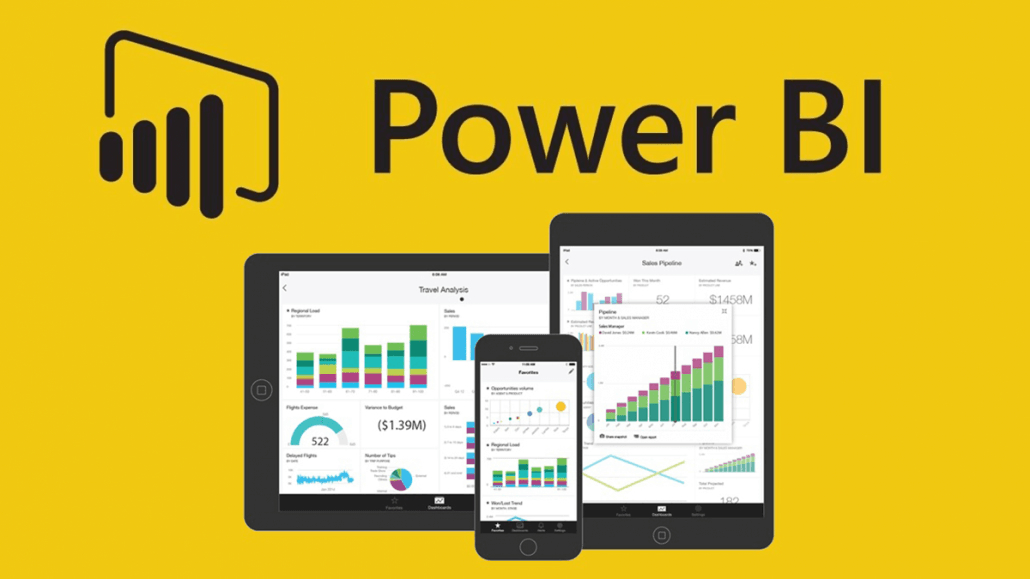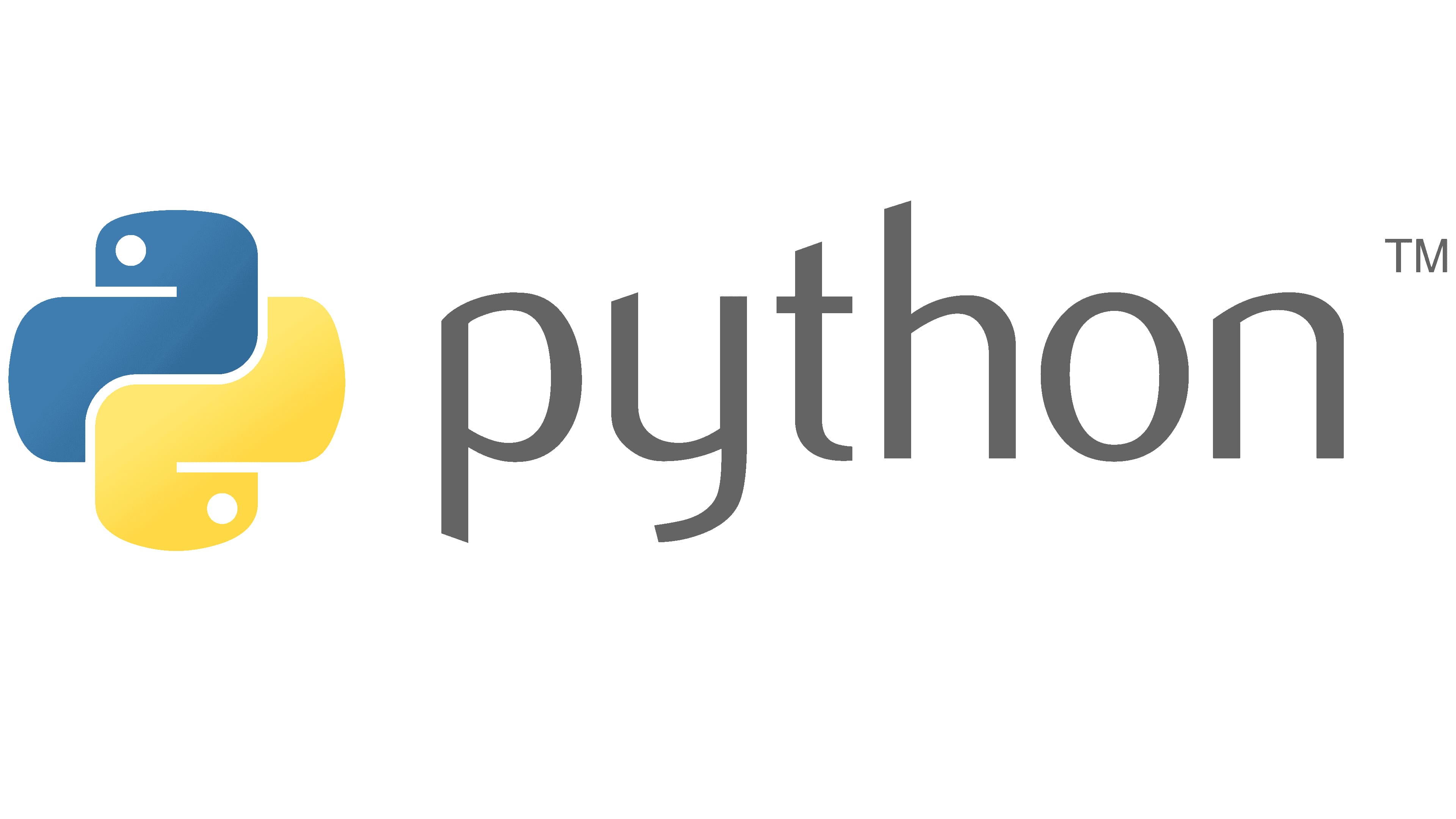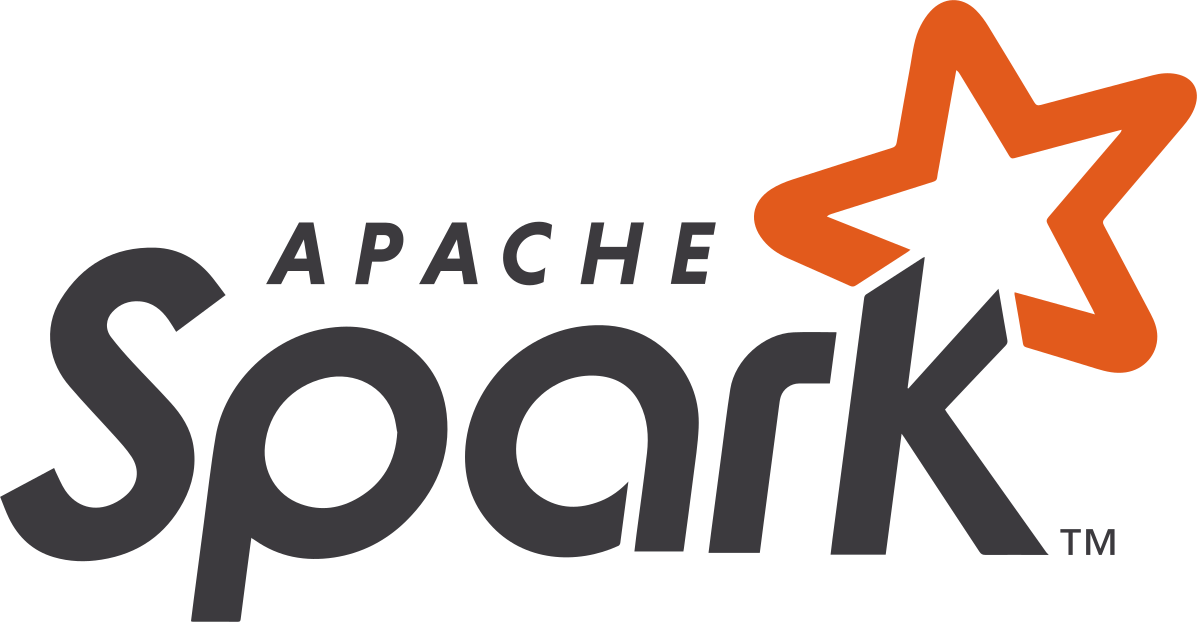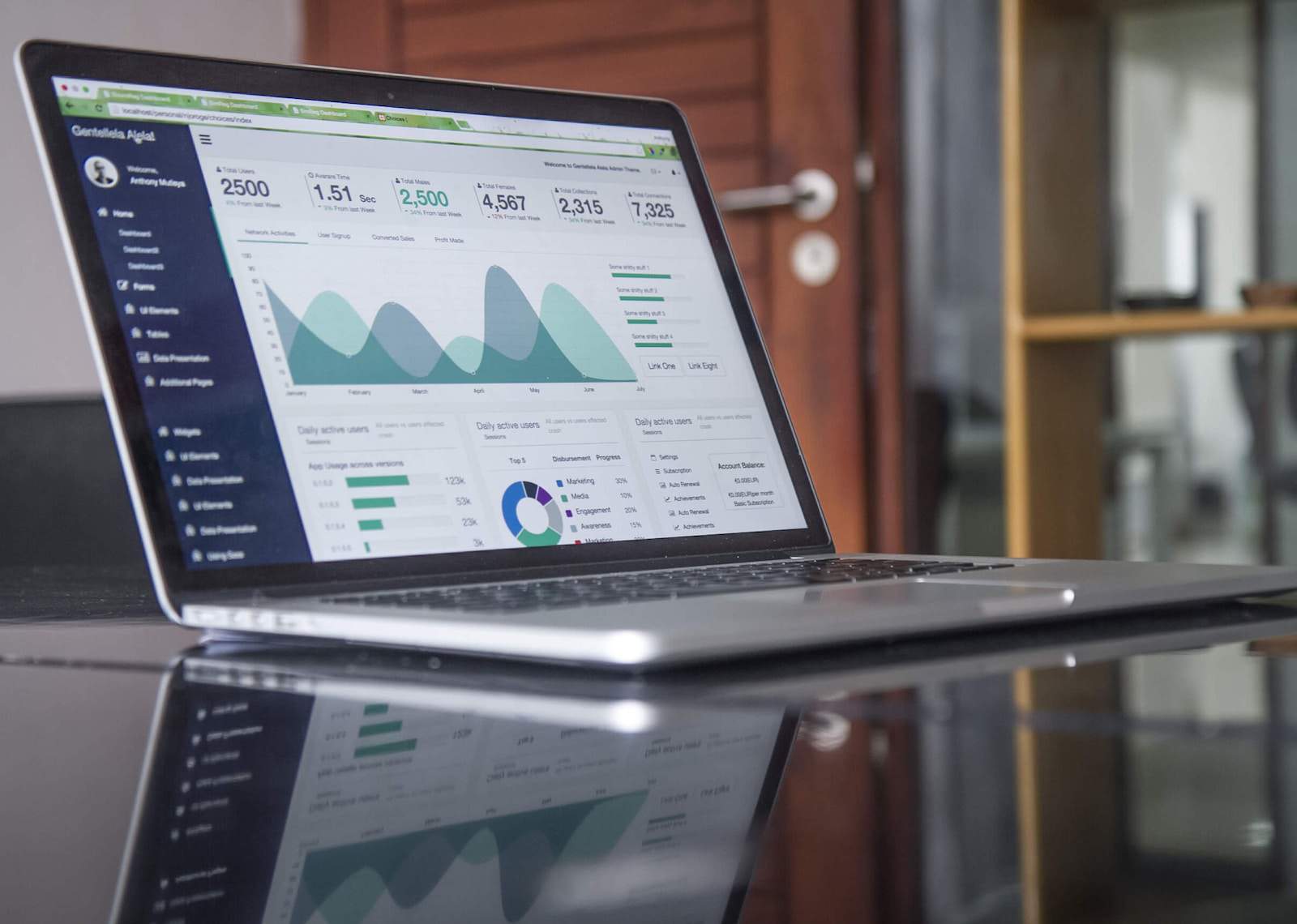Nowadays, most industries or businesses run with the help of data to understand the customer’s needs and focus their marketing strategy to achieve their target and to improve their productivity. To implement that, they required a few data analytics tools to achieve their goal using the available data. There are some data analytics tools available as open-source and paid in the market. This article is about the best 10 data analytics tools that provide benefits for business people.
Data Analytics
Data analytics helps companies to examine all of their data (real-time, historical, unstructured, structured, qualitative) to uncover trends and develop insights to guide and, in some circumstances, automated options, linking intelligence and action. The top systems available today enable the whole analytical process, from data access and preparation through data analysis and operationalization to outcomes monitoring.
Benefits of Data Analytics
Many organizations and fields can benefit from data analytics. The following are some major benefits of data analytics:
1. Decision Making
Businesses and organizations may use data analytics to make more knowledgeable, decisions based on data. Large data sets may be analyzed to uncover patterns, trends, and insights that improve decision-making.
2. Improved Efficiency and Productivity
Organizations may enhance activities and boost overall efficiency by using data analytics to spot inefficiencies and process inefficiencies. Businesses may improve productivity by streamlining operations, allocating resources more wisely, and recognizing data trends.
3. Enhanced Customer Insights
With the use of data analytics, firms are able to understand their clients better. Businesses may better fulfill the demands of their customers and increase customer satisfaction by customizing their products, services, and marketing campaigns based on an analysis of consumer behavior, preferences, and purchase history.
4. Competitive Advantage
By revealing insights that may drive innovation and enhance corporate strategy, data analytics delivers a competitive advantage. Organizations may spot new possibilities, predict changes in the market, and keep one step ahead of the competition by evaluating market trends, customer opinion, and competitor performance.
5. Risk Mitigation
By analyzing previous data and spotting potential risk factors or abnormalities, data analytics assists in detecting and managing risks. This is especially important for sectors like banking, insurance, and cybersecurity since seeing trends and anomalies may help stop fraud, catch mistakes, or lessen security breaches.
6. Cost Savings
Organizations can find places where expenses can be minimized or optimized by studying data. Businesses may make data-driven decisions that result in cost savings and increased financial performance by using data analytics to identify inefficiencies, waste, and unnecessary costs.
7. Personalization and Targeted Marketing
Data analytics enables organizations to create customized marketing efforts and tailor their services. By segmenting their client bases and providing personalized experiences, product recommendations, and marketing messaging, businesses may increase conversion rates and improve customer satisfaction.
8. Improved Forecasting and Planning
Based on past data and patterns, data analytics supports organizations in producing precise forecasts and projections. Better planning, resource allocation, and inventory management are made possible as a result, which lowers costs and boosts operational effectiveness.
9. Data-Driven Innovation
Analytics of data can reveal patterns that result in innovative products, services, and business models. Organizations may find new development possibilities and create cutting-edge solutions to satisfy changing client requirements by examining industry trends, customer input, and developing technology.
10. Performance Monitoring and Optimization
Data analytics enables firms to monitor and measure their performance parameters in real-time. Organizations may discover areas for improvement, make data-driven modifications, and optimize their plans for better results by examining key performance indicators (KPIs) and metrics.
Top 10 Data Analytics Tool
1. Microsoft Excel

Microsoft Excel is well known as a sophisticated data analytics tool that transforms the method that businesses analyze and comprehend data. Excel’s wide variety of features and operations provide users the ability to effectively complete challenging data processing jobs. Users may easily organize, filter, and change data because of its powerful formulae, functions, and data manipulation features. With the help of Excel’s pivot tables, data can be dynamically summarized and shown, making it simpler to spot trends and patterns.
Excel also provides sophisticated statistical analysis capabilities, including regression analysis and hypothesis testing, allowing users to find patterns and make data-driven choices. It is used by people of all skill levels due to its user-friendly interface and extensive availability. Microsoft Excel is still a top choice for data analytics because it offers a complete platform for experts from a variety of sectors to harness the power of data.
2. Microsoft Power BI

Microsoft Power BI is a sophisticated business intelligence application that allows users to create interactive visualizations, reports, and dashboards. Power BI offers seamless data connection and sophisticated analytical capabilities through its interface with other Microsoft products, including Azure and Excel.
3. Python

Python is a robust programming language that is frequently used in data analytics. Python offers strong capabilities for data processing, analysis, and machine learning with libraries like NumPy, pandas, and scikit-learn. Data scientists frequently use it because of its accessibility, broad community support, and huge ecosystem.
4. Tableau
Tableau is a popular data analytics tool for data visualization that enables users to make engaging dashboards, reports, and charts. Tableau makes it simple for users to examine data and find insightful patterns because of its user-friendly interface, drag-and-drop capability, and wide range of data connectivity choices.
5. Apache Spark

Apache Spark is a large data analytics tool that is fast and adaptable. It has in-memory computing capabilities, making it appropriate for interactive data processing and iterative algorithms. Java, Scala, and Python are just a few of the many programming languages supported by Spark’s uniform API, making it adaptable for a variety of application scenarios.
6. KNIME

Users may create data processes graphically using the open-source data analytics tool KNIME (Konstanz Information Miner). It makes it simple to develop complicated analytical workflows without scripting because of its vast selection of data manipulation, transformation, and modeling nodes. KNIME’s flexibility and collaboration capabilities make it popular among data scientists and analysts.
7. Jupyter Notebook

A robust data analytics tool that is frequently used in the field of data science and analysis is Jupyter Notebook. It offers a platform that integrates code execution, data visualization, and explanatory text into an interactive environment. Jupyter Notebook is very flexible and adaptable since it allows users to create and run code in a variety of computer languages, including Python, R, and Julia. It is a fantastic tool for data exploration, experimentation, and communication because of its notebook interface, which enables the production of documents that seamlessly mix code, graphics, and explanatory notes.
NumPy, Pandas, Matplotlib, Seaborn, and additional libraries and packages for data manipulation, analysis, and visualization are supported by Jupyter Notebook. Jupyter Notebook is a vital tool for data scientists and analysts because it enables them to successfully explore, evaluate, and share findings by combining code, data, and visualizations in an interactive and repeatable manner.
8. RapidMiner
RapidMiner is a robust and adaptable data analytics tool that has become quite well-known in the industry. It offers a complete set of tools and features meant to assist companies in getting the most out of their data. RapidMiner makes it simple for users to carry out a variety of data preparation operations, including data purification, transformation, and integration, due to its user-friendly interface and drag-and-drop capability. Additionally, it supports a broad range of sophisticated analytics techniques, including text mining, predictive modeling, and machine learning, allowing users to find patterns in their data, anticipate outcomes accurately, and generate actionable insight.
RapidMiner also offers a wide range of visualization features that let users design aesthetically beautiful and educational charts, graphs, and dashboards. Its powerful automation and scheduling tools let users quickly create and implement data analysis procedures. RapidMiner is a trustworthy and all-inclusive platform that enables businesses to make data-driven choices, obtain a competitive advantage, and promote company success.
9. Splunk

Splunk is a sophisticated data analytics platform that helps enterprises to obtain important insights from massive volumes of machine-generated data. It provides an effective platform for gathering, indexing, and analyzing information from several sources, including servers, applications, devices, and network infrastructure. Businesses can effectively monitor and debug their systems, find abnormalities, and reduce security concerns thanks to Splunk’s real-time data processing capabilities. Users may effortlessly explore and visualize data, build interactive dashboards, and produce reports because to its straightforward user interface and sophisticated search capability.
The adaptable design of Splunk allows for integration with other tools and provides a large selection of add-ons and apps for a variety of use cases, such as business analytics, security, and IT management. Overall, Splunk enables businesses to make data-driven decisions to improve operational effectiveness, maximize performance, and spur company expansion.
10. R

R is another open-source programming language that specializes in statistical computation and graphics. This data analytics tool provides a complete set of tools for modeling, data visualization, and analysis. Researchers and statisticians like R because of its robust statistical capabilities and vibrant community.














